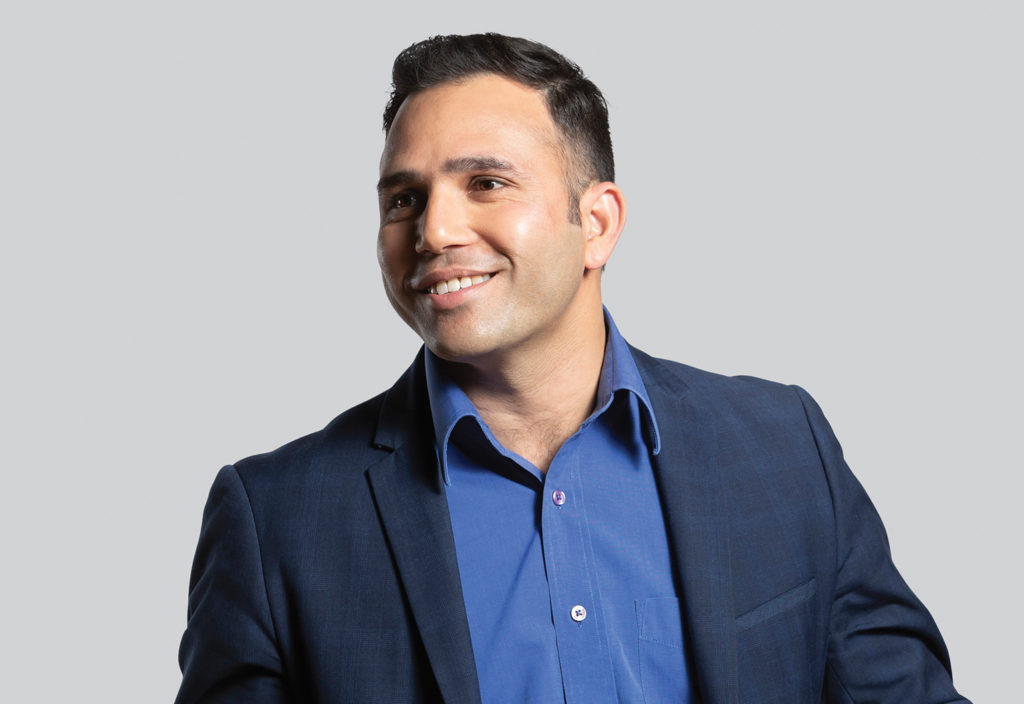Anil Kumar CPEng has an enthusiasm for knowledge that has taken him all over the world: from India to the Middle East to Australia.
Anil Kumar’s first major project came when he moved to Dubai, United Arab Emirates.
Growing up in India, he was passionate about science and maths.
“I always liked physics and I was always curious to learn more about how things work,” he told create.
“Electrical engineering in particular.”
But in Dubai, his scope expanded far beyond the electrical engineering he had studied at university.
“I was working on the Palm Islands in Dubai, so that was a really iconic project and a very major construction project,” he said.
“I started as a site engineer there and learned all sorts of disciplines — electrical, mechanical, plumbing, building services — not only electrical. I was young, around 21, and keen to learn more things.”
That hunger for greater experience has served Kumar well. His next stop was Qatar, where he worked as a testing commissioning engineer on another major project — the Al Handasa complex.
“Always learning — upskilling,” he recalled.
“Those experiences also helped me to fetch a better job when I first moved to Australia in 2012.”
Today he is Senior Project Manager at consulting firm Coffey Services. He is at the helm of a range of projects, all of which draw on his diverse skillset.
“Our company is a subcontractor with an American company that designed the facilities for a space surveillance telescope in New Mexico,” he said by way of example.
“The same company was engaged by Defence to design a similar facility in Perth — to have another space surveillance telescope in Australia — so that both telescopes work in different time zones.”
One of the challenges there, he said, was adapting and translating between US and Australian standards.
Another project involves advising the Australian Department of Defence on developing facilities for cadets.
“I think my previous experience in engineering and project management helped me to manage the risk for the client,” he said.
“I’m now basically involved from the initial planning phase, which is also interesting to do: to advise the client how we can foresee a good design practice.”
Kumar has found that being a Chartered engineer helps his experience and talent stand out.
“It did give me a competitive edge,” he said.
“It gives it a bit of peace of mind and confidence to the client that a Chartered engineer is working on [their] project.”
And when people want to hear a Chartered engineer’s voice, he has another edge.
“I am the only [Chartered engineer] at the moment in my Canberra office,” he said.
“I’m representing my company on major bids and projects, and the client looks at that very favourably.”
5 tips for success
- Apply to bigger companies that are accredited by Engineers Australia’s professional development program.
- Soft skills and teamwork help, as well as hard engineering skills.
- Join Engineers Australia and make use of its resources and networking opportunities.
- Don’t hesitate to ask any questions you have.
- Step up whenever required and take the lead. That’s how you develop leadership skills.
Interested in learning more about the Chartered credential? You may already have what it takes to become Chartered. Find out more here and start your pathway to Chartered today.
